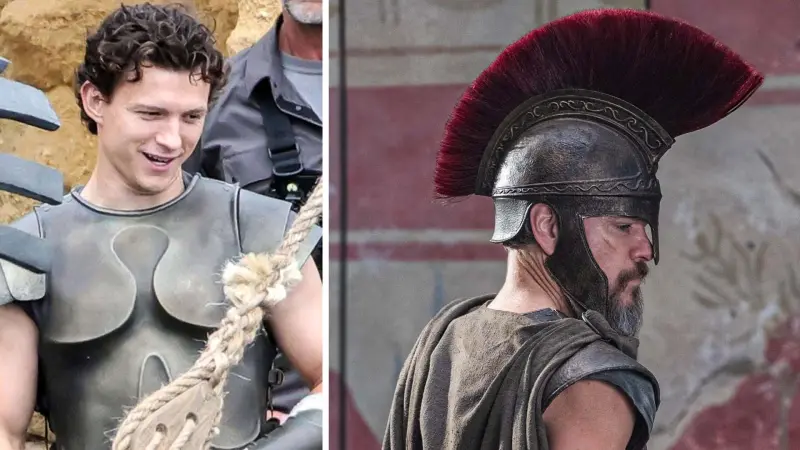Under a sheep farm in Australia, the skeletal remains of a massive flying reptile that lived 96 million years ago were found.
Tyrannosaurus fighting an Ankylosaurus. These pictures come from Dinosaurs in the Wild, a Dinosaur safari in London
The remains are thought to be those of a pterosaur, the first creature known to have developed powered flight.
Greek for "winged lizard" is pterosaur.
The creature possessed enlarged jaws with spiked fangs, a 60 cm long crested head, and wings that were 4 meters long.
"Comparations with related pterosaurs served as the basis for this. Adele Pentland, a PhD candidate and palaeontologist at Swinburne University of Technology, described it as an apex aerial predator.
"This pterosaur had a crest on its lower jaws in addition to a massive crest at the front of its upper jaws.
A Mosasaur Prognathodon
"The latter is broken, and its presence has been inferred from CT scan data."
The pterosaur was given the Latin name Ferrodraco, which means "iron dragon" in English.
The remains were found by sheep farmer Bob Elliot in Winton, Queensland, in the early months of 2017.
He informed the neighborhood museum, and volunteers excavated the area.
Scientific Reports has published an article regarding the discovery that Ms. Pentland contributed to.
She claimed that 96 million years ago, the winged reptile thrived in the Winton area "in a conifer forest with floodplain and river channels."
Long-necked sauropod dinosaurs, carnivorous theropods, ornithopods, and ankylosaurs all lived in the forest.
According to the experts, the Tyrannosaurus rex would have been among the forest's inhabitants.
Australia is home to 15 fossilized pterosaurs.
Pair of Quetzalcoatlus
The amount of pterosaur bones recorded from Australia has now tripled, Ms. Pentland added, with a total of 30 bones preserved, or 10% of Ferrodraco's skeleton.
The Australian Age of Dinosaurs Museum now has the skeleton on exhibit.
One of the most thrilling additions to the organization, according to the co-founder of the museum, David Elliott, was the finding.
"The Winton area has produced the majority of Australia's large dinosaur fossils, so presenting a significant pterosaur skeleton alongside the giants with which it co-existed is a huge bonus for science, education, and regional tourism," he added.









